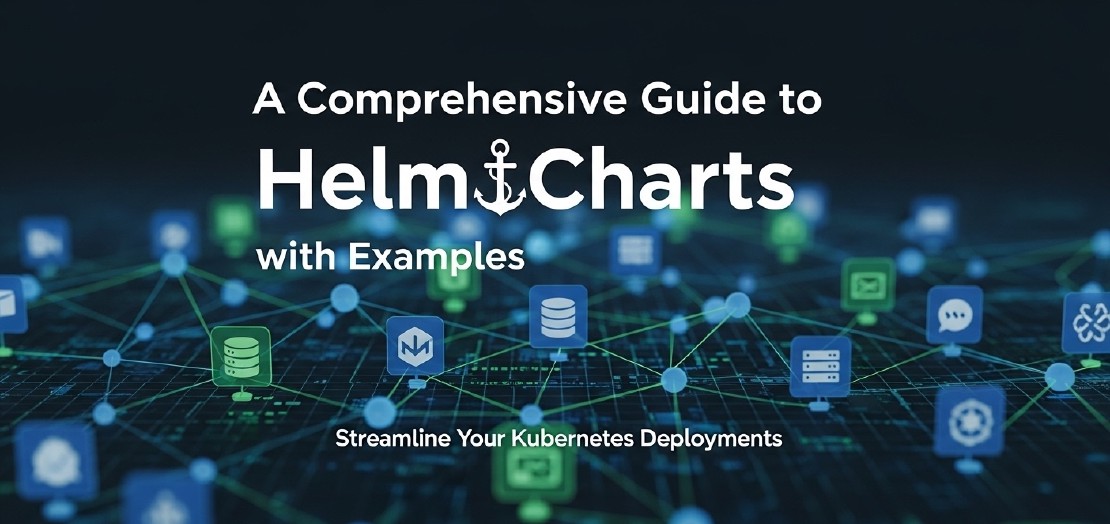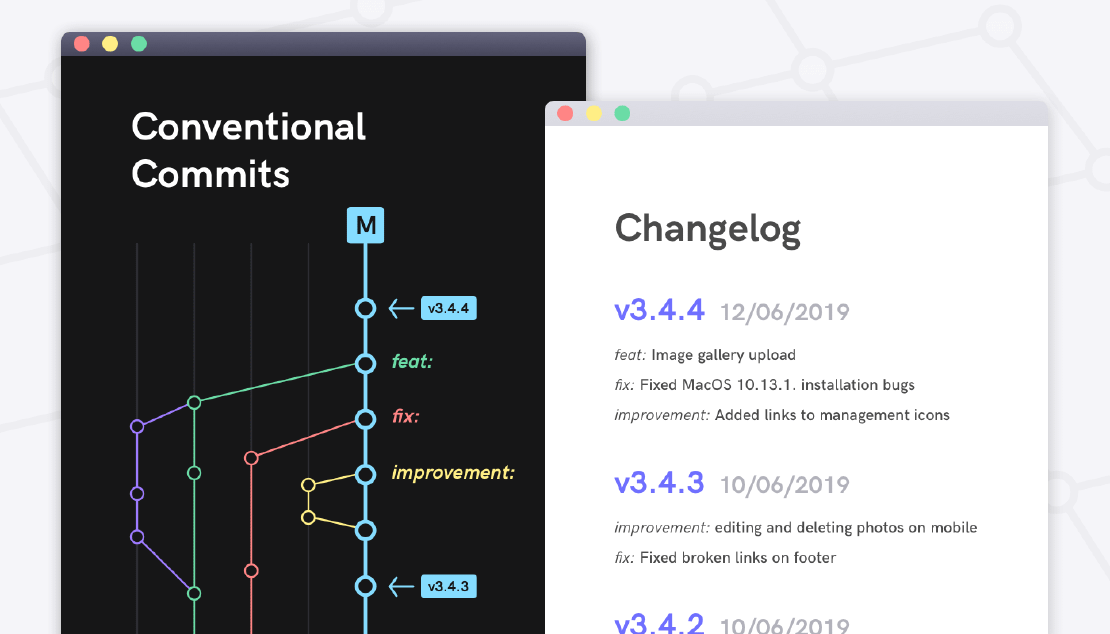
Understanding Kubernetes Services: ClusterIP, NodePort, LoadBalancer, and ExternalName
In Kubernetes, Pods are ephemeral, meaning they can be created and destroyed dynamically. To allow stable communication between different components of an application, Kubernetes provides Services.
Read More
A Comprehensive Guide to Helm Charts with Examples
Helm is a powerful package manager for Kubernetes that simplifies the deployment, management, and scaling of applications. Instead of manually defining complex Kubernetes YAML files, you can use Helm charts, which provide a structured and reusable way to deploy applications. In this guide, we will explore: What Helm charts are Their key components How to create and deploy a Helm chart A practical example
Read More
Quantifying the Business Value of Paying Off Tech Debt
It’s a very common scenario — The product owner chooses new features regularly and seldom picks tech debt. In the end, the crashes have to be fixed, and the tech debt is growing. Those problems are slowing down testing and development.
Read More
Git Commit Convention: A Guide to Writing Meaningful Commit Messages
In software development, version control is crucial for tracking changes and collaborating effectively. Git, one of the most widely used version control systems, allows developers to commit changes with messages that describe what was modified. However, without a proper structure, commit messages can become inconsistent, unclear, or even useless.
Read More

